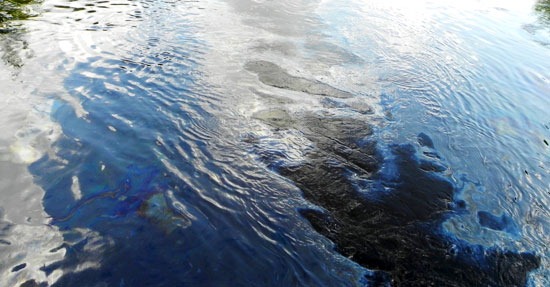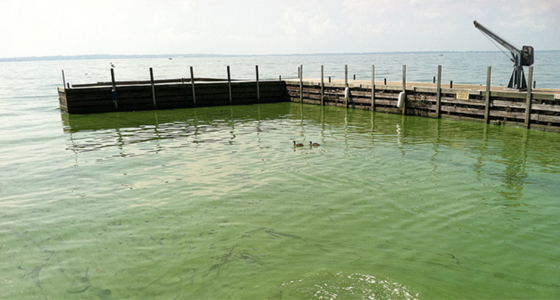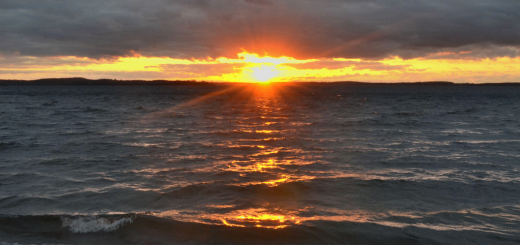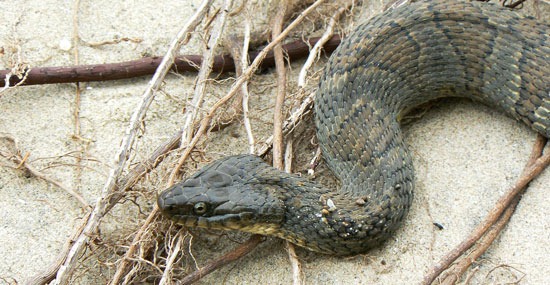Laser imaging could be fast, affordable alternative for beach E. coli monitoring
0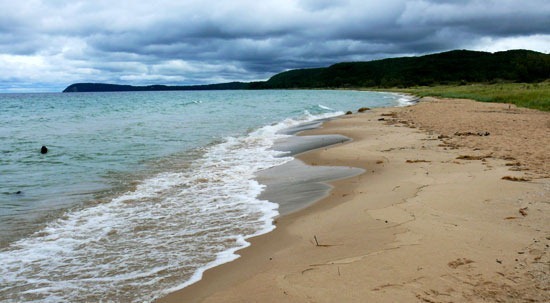
An experimental laser imaging-based system might provide health officials a new way to track E. coli at beaches.
The imaging system was originally developed at Purdue University to track contaminants in food supply. Researchers are now finding, however, that can also be a quicker and more affordable means to monitor water quality contamination than traditional sampling methods.
The laser shines through E. coli samples to generate images that can be cross-referenced with a library of samples. The comparison to known samples allows users to pinpoint from which kind of animal the bacteria originated, according to Shannon Briggs, a toxicologist at the Michigan Department of Natural Resources and Environment.
Current practices for monitoring beach water quality commonly rely on culturing fecal-indicator bacteria, a process that can take 18-24 hours, meaning the results often come too late to protect beachgoers.
Using the laser technology could cut E.coli sampling turnaround down to roughly six hours, Briggs told the Capital News Service. It is also easy enough to use that beach managers could likely take samples themselves.
E.coli can come from raw sewage, agriculture, wildlife, or numerous other sources, and it’s often difficult to know for certain the source, making it difficult to remedy. Sources of contamination are frequently of nonpoint origins. And since present sampling techniques make identifying those sources difficult or expensive, it is largely based on speculation.
“You can do genetic testing to find out the source, but it’s expensive. The laser technique would be much cheaper,” said David Rockwell of the beach water quality forecasting center at the National Oceanic and Atmospheric Administration based in Naperville, Ill. He added that each laser imaging system will likely cost around $1,000.
The relatively low cost could be useful for inland lake monitoring, which typically relies on state funding. In Michigan, for instance, only 32 percent of inland beaches and 37 percent of Great Lakes beaches were monitored for water quality.
New beach contamination technology unveiled [Capital News Service] Biology teams with Engineering on new EPA grant [Purdue University]
Image Credit: http://www.flickr.com/photos/igboo/3844577062/in/photostream/




